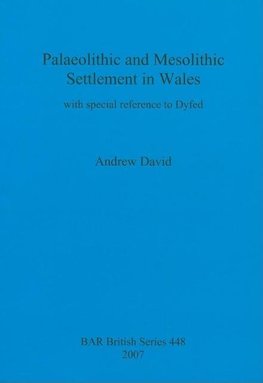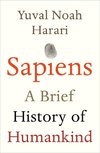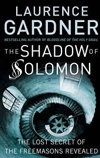
-
 Anglický jazyk
Anglický jazyk
Palaeolithic and Mesolithic Settlement in Wales
Autor: Andrew David
This work sets down the results of the author's excavation and fieldwork in west Wales within the framework now emerging for British early prehistory. Whilst much of the new data assembled here is thus relevant to the early Flandrian settlement of Wales,the... Viac o knihe
Na objednávku, dodanie 2-4 týždne
112.77 €
bežná cena: 125.30 €
O knihe
This work sets down the results of the author's excavation and fieldwork in west Wales within the framework now emerging for British early prehistory. Whilst much of the new data assembled here is thus relevant to the early Flandrian settlement of Wales,the coverage has been extended to include a consideration of the evidence for Late Pleistocene settlement as well. This arises not only from the author's interests but also from the fact that both Upper Palaeolithic and Mesolithic find-spots are co-located if not at the same find-spot then frequently in the same area. In chronological terms, the scope of the work therefore extends from c. 250,000 BP to c. 5,000 BP, but concentrates specifically on the Upper Palaeolithic and Mesolithic record. Chapter II sets out to summarize the Pleistocene archaeological record for Wales against what is known of the environmental background. Only after the late Devensian glacial maximum, does this record become in any sense prolific in Britain. In Chapter III the discussion moves on into the Flandrian to consider the early Mesolithic settlement of Wales. In Chapter IV a further very important Mesolithic find-spot is introduced. This is the well-known flint 'factory' at The Nab Head on the clifftop of St. Brides Bay, west Wales, recognized since the last century as a prolific source of flint tools and chippings. Later Mesolithic technology in Wales is introduced and discussed in Chapter V. Additional chronological and environmental data are assessedfollowed by a description of some of the other important Welsh find-spots with 'narrow blade' material. Amongst the latter is a newly discovered site at The Nab Head (Site II) - described in Chapter VI - where the writer conducted excavations in 1981, 1982 and 1986. Using the results from the excavations at The Nab Head to predict the probable appearance of local late Mesolithic stone technologies, Chapter VII then discusses collections made by the author from the abundant lithic scatters along the coastal lowlands of north-west Dyfed. Earlier research sought to place a greater emphasis on the high biotic potential of western coasts and the advantages of a combined exploitation of both terrestrial and marine economies. This latter theme is taken up again here in the final part of Chapter VII, which assesses the economic resources potentially available during the late Mesolithic and speculates upon the exploitation and settlement patterns responsible for such apparently intensive coastal activity. The significance of coastal regimes to the emergence of farming at the end of the Mesolithic is also considered. Finally, a concluding Chapter briefly notes some of the more significant results of this research and ends by emphasizing the need both for more freshly excavated data and the further application of AMS dating throughout the periods covered.
- Vydavateľstvo: British Archaeological Reports Oxford Ltd
- Rok vydania: 2007
- Formát: Paperback
- Rozmer: 297 x 210 mm
- Jazyk: Anglický jazyk
- ISBN: 9781407301464






 Ruský jazyk
Ruský jazyk 





